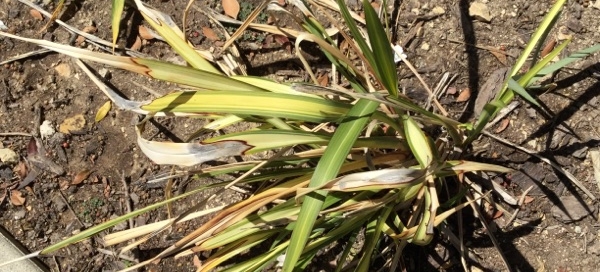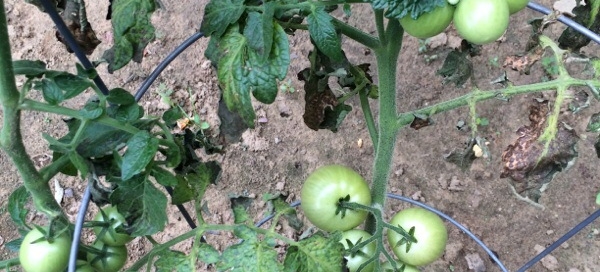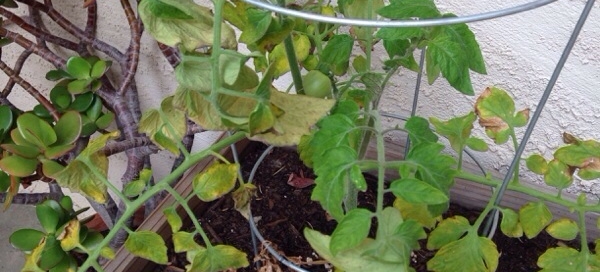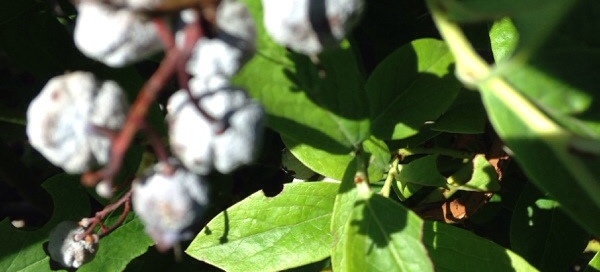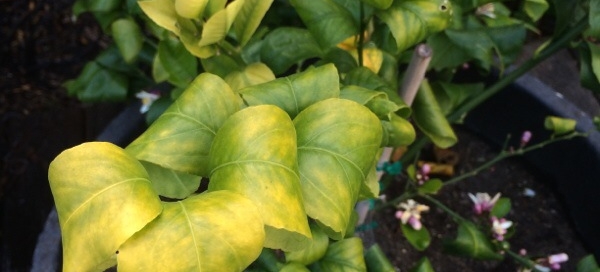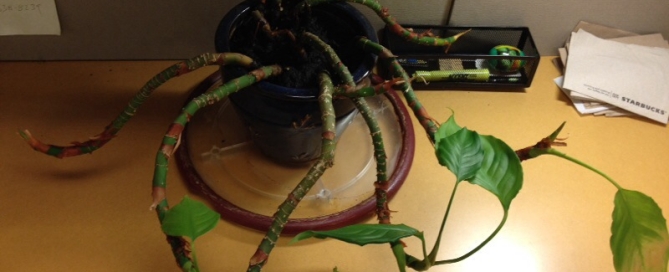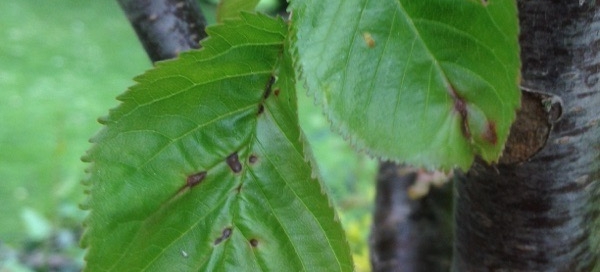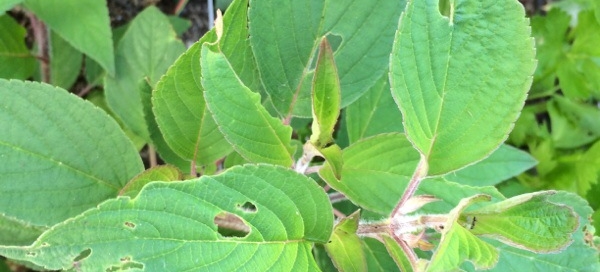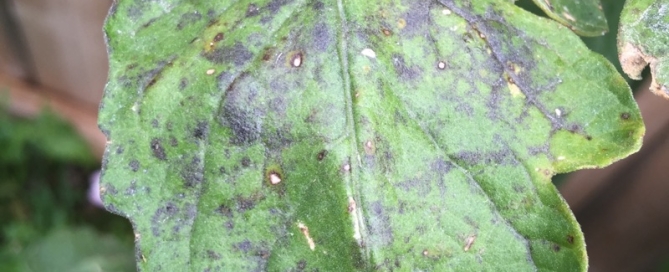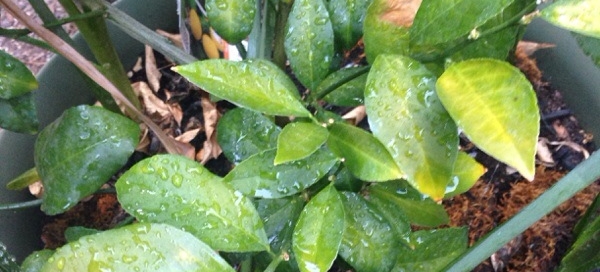Poor Soil
Sounds like you have a case of clay soil. If the soil doesn't drain well and stays wet, your plants are essentially sitting in a bathtub and drowning. A classic case of overwatering. (The tricky part is that overwatering exhibits the same symptoms as the plant is just not able to take up the water it needs because the vessels in the plant clog up and cannot transport water to the plant.) Clay take a long time to change its structure.
(We do not usually endorse products here but the following I have had good luck with.) There is a soil amendment from Kellogg called N'RICH that will help a bit. You should be able from any big box store. Follow label directions. Link: http://www.kellogggarden.com/products?brand=kellogg&category=kellogg-soils#8
Next you need to plant things that will do ok in your soil. Here are links to 3 articles that give some ideas:
http://www.bhg.com/gardening/flowers/perennials/best-plants-to-grow-in-clay/
http://www.birdsandblooms.com/gardening/gardening-basics/top-10-plants-clay-soil/?item=0#top-ten-item
http://www.missouribotanicalgarden.org/Portals/0/Gardening/Gardening%20Help/Factsheets/Clay%20Soils%20-%20Annuals5.pdf
Some of theses plants are from out of our climate Again, I mention the Sunset Western Garden Book - Ninth Edition to use as a guide to tell you what zone you are in and what will grow there. (You can get it at a reasonable price on Amazon.)
You may also want to enlist the help from your local Cooperative Extension office. Not sure if you are LA County or Ventura County so here is yet another link:) :
http://ucanr.edu/County_Offices/
Best of luck. And please get back to us if you should need more assistance.
